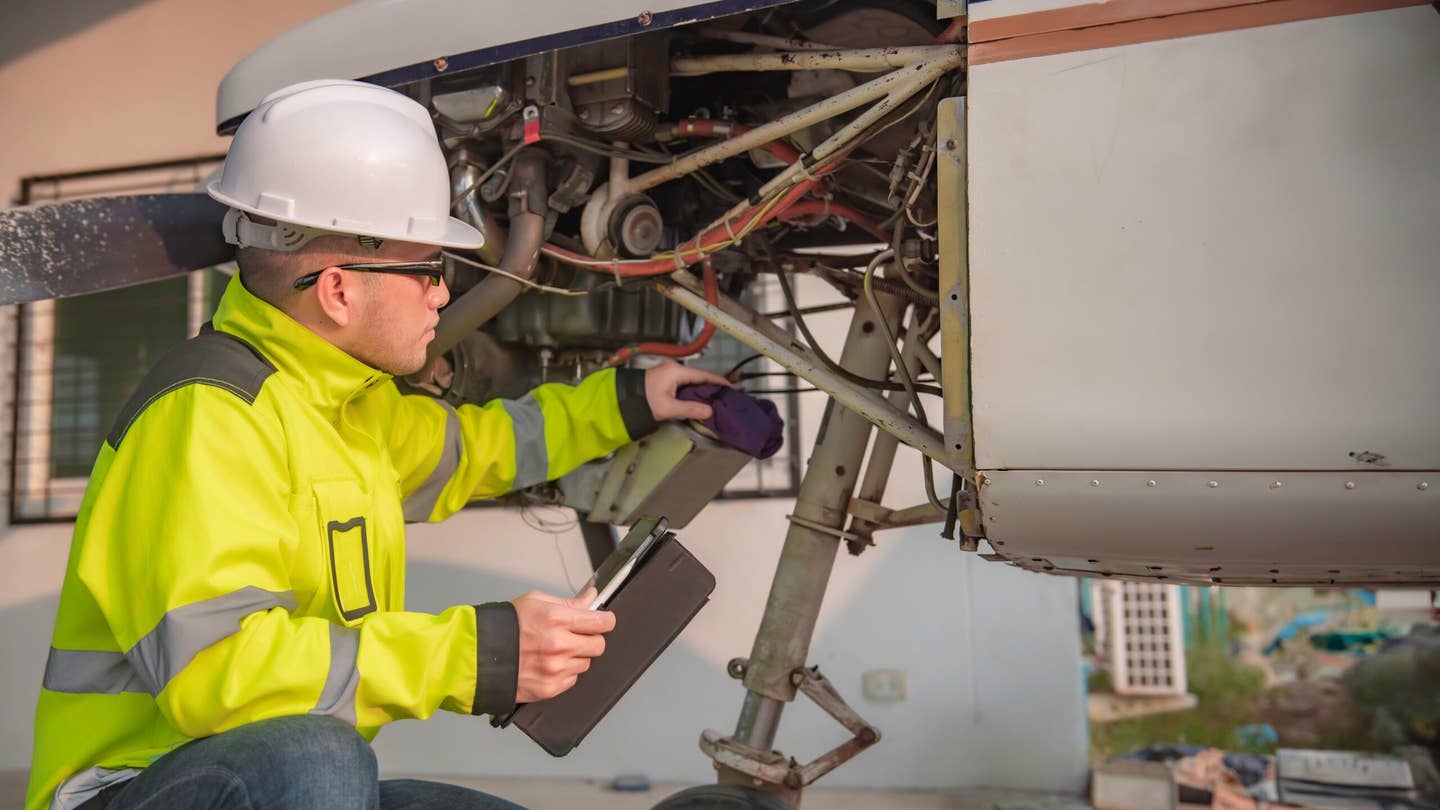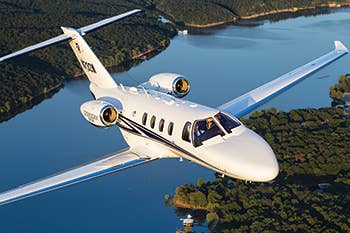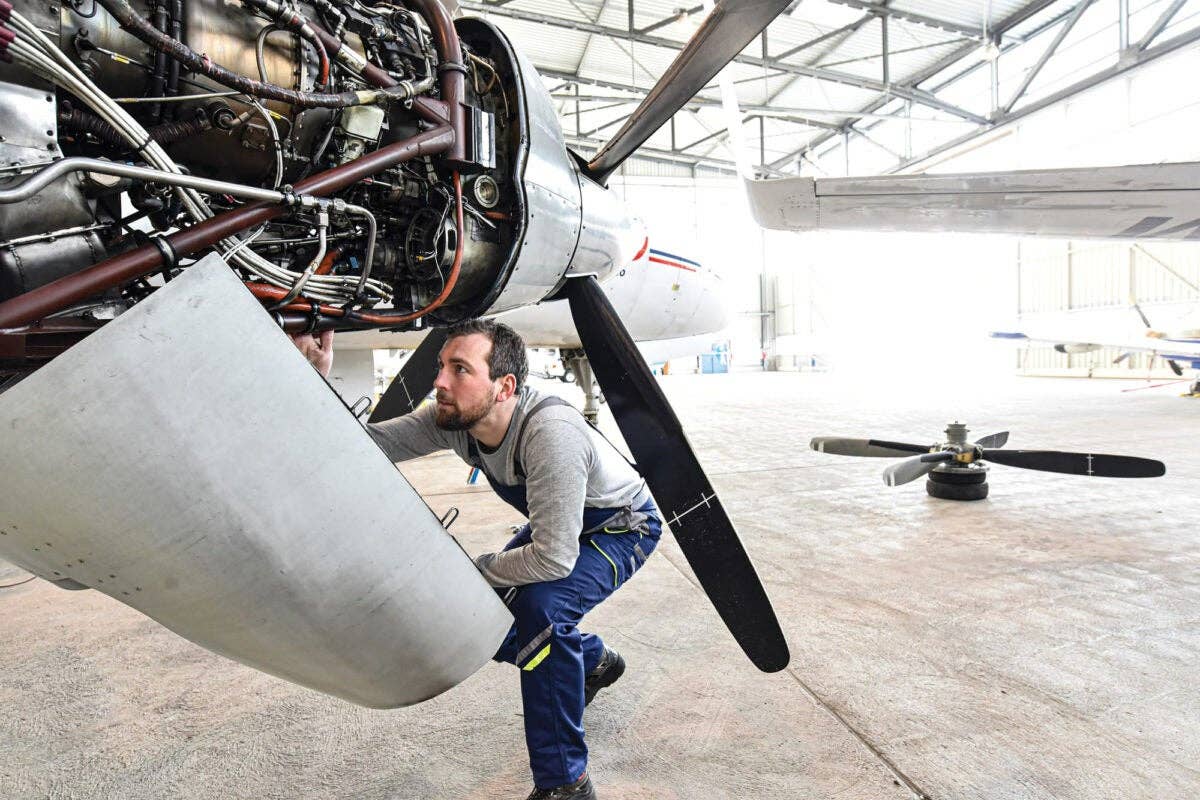
Engine overhauls can take weeks or even months to complete, and all of that is time out of your calendar that you can’t fly. [Credit: Shutterstock]
BROUGHT TO YOU BY FLYING FINANCE
Like any piece of machinery, a private aircraft will eventually show wear and tear. Even the best-maintained aircraft will reach a point where it no longer makes financial sense to update and repair when weighed against the cost of simply financing a new airplane.
The question is, how do you decide when that time comes for you?
There are a number of factors that determine whether or not a refurbish or overhaul are worth your while—some of them straightforward, some more intangible.
Sell or Refurbish?
Depending on the age and wear on your used aircraft, upgrading avionics, interior, seats, upholstery, or electronics can make for massive improvements to ride quality and appearances.
While costly, refurbishment is proven to raise the value of a private jet by roughly 20 percent. Just as a fresh coat of paint or an impressive staging can raise the sale value of an older home or car, a refresh can make your aircraft much more attractive to potential buyers.
FLYING Finance offers financing options for refurbishing, upgrading, and modifying your plane, so don’t hesitate to get started.
Knowing the potential sale value of your aircraft is vital whether or not you intend to upgrade to a newer model, as it can help you calculate how much you want to continue to invest in your current machine. You can start with an appraisal or check out similar models at AvBuyer to get an idea of the current market value on private sales.
In any case, although your aircraft’s superficial cosmetics can be restored or improved with a refurbishment, the airframe and its capabilities cannot.
Do You Need More Functionality?
For good reason, many first-time aircraft buyers will first own a light, “entry level” craft. Whether the plane was purchased for business needs or hobby use, there’s a good chance your needs will grow with you, your business, and your skills.
Most older aircraft are far less efficient than modern offerings, and replacing aging components will eventually stop bringing a good return on investment.
If you own a turboprop or jet for business purposes, chances are, you won’t keep that aircraft for life. You’ll most likely need to upgrade to a newer, larger model to accommodate your needs. The more successful your business, the bigger the likelihood you’ll need to bring more passengers and fly greater distances, which low-end aircraft simply cannot do.
Many light business jets have a capacity of four-to-six passengers, enough for a small team of executives or team members. If your team grows or you find yourself regularly needing to invite clients or potential partners aboard, you will need more space, more amenities (such as a galley for preparing meals, a state room, or a second lavatory), and more range for international flights.
When deciding if an upgrade is necessary for you, consider these details:
- Acquisition budget (credit availability and liquidity)
- Operational budget
- Travel range
- Number of passengers
- Airport accessibility
- Domestic/International travel needs
- Features/amenities
The same general rules apply for aviation enthusiasts, even if your use cases are simpler. As you gain more experience and stretch your horizons, your quarter-century-old, piston-driven airplane simply may not have the range or capacity you’re looking for, and the repairs may grow so costly that you’ll find yourself flying less.
Downsides of Maintaining an Older Aircraft
As with any used vehicle, the frequency and severity of maintenance will eventually escalate as vital components wear out. While you might have calculated the point of diminishing returns for making those repairs, one thing you may not have considered is the opportunity cost of downtime.
With engine overhauls and interior refurbishment, some jobs can take weeks or even months to complete, and all of that is time out of your calendar that you can’t fly. That downside can vary greatly depending on your circumstances, and it’s not always predictable.
With a newer aircraft, your chances of having to spend significant downtime are vastly reduced.
Not to mention, some aircraft components simply are not replaceable or upgradable, at least not practically. With modern software and safety requirements, private aircraft owners are finding that software incompatibility can cause issues when electronics fail or need replacement. Unforeseen issues due to lack of update support in certain hardware or software can, in some cases, make certain features nonfunctional.
Advantages of Purchasing a New (or Newer) Aircraft
Financing a new aircraft with a warranty means that you have a more dependable piece of equipment and peace of mind that your travel schedule will have far fewer unexpected hiccups. Having a dependable aircraft provides a buffer against the inherently risk of unforeseen financial burdens that come with an older model.
Even with a higher purchase cost, most new models, especially turboprops and light jets, are far more efficient and come with lower operating costs. If you fly hundreds of hours per year, the more efficient, more reliable aircraft will cost you less in the long run.
Then, of course, there’s the fact that newer jets tend to come with more features and more pristine quality. A higher-end model will mean a more luxurious cabin and more advanced avionics, meaning a safer and more comfortable flight for you and any passengers.
If, after considering all the factors, you decide you want to sell your current airplane, list it on AvBuyer—the leading business aviation magazine with a readership of 100,000 CEOs, flight department managers, chief pilots, and brokers and more than 2 million page views per month.
When shopping for an upgrade, always check in with FLYING Finance first and talk to our team of experts about what steps you’ll need to take to get started on buying your next aircraft.

Sign-up for newsletters & special offers!
Get the latest FLYING stories & special offers delivered directly to your inbox

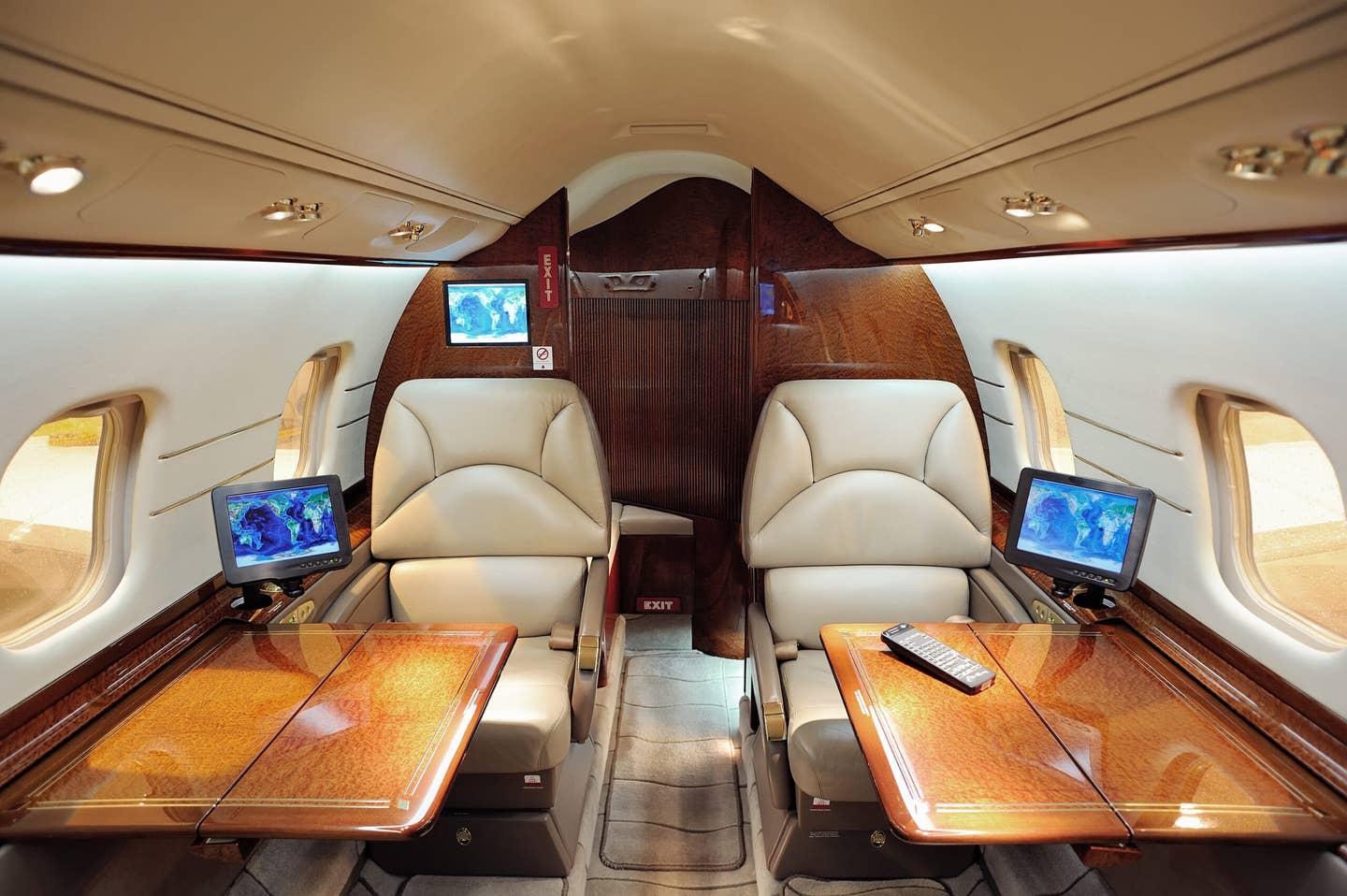
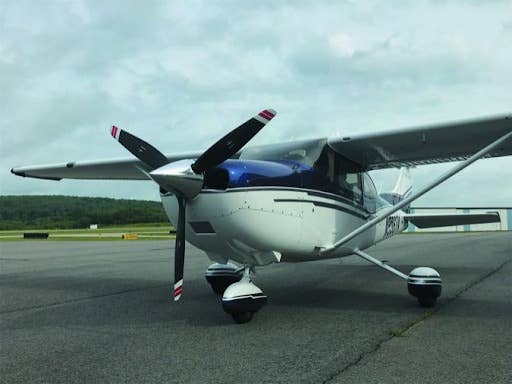
![[PILOT AND SNELLEN CHART PIC]](https://www.flyingmag.com/uploads/2022/11/2022-FlyingMag.com-Native-Advertising-Main-Image--scaled.jpeg?auto=webp&auto=webp&optimize=high&quality=70&width=1440)

